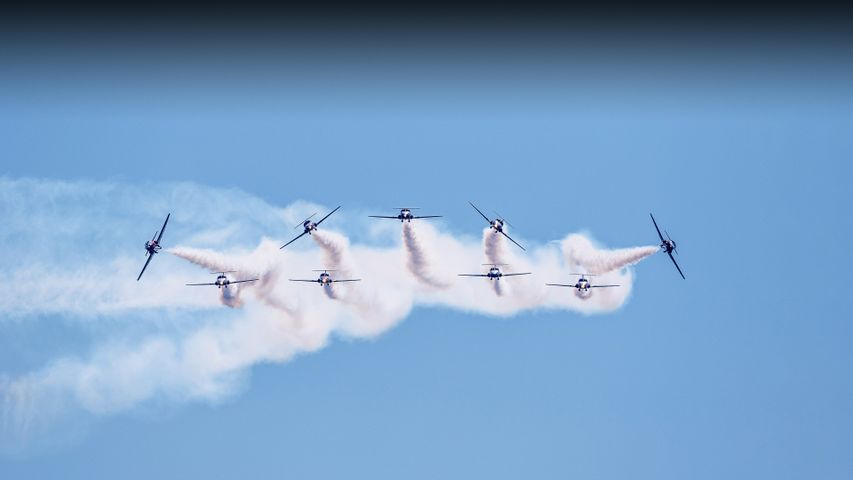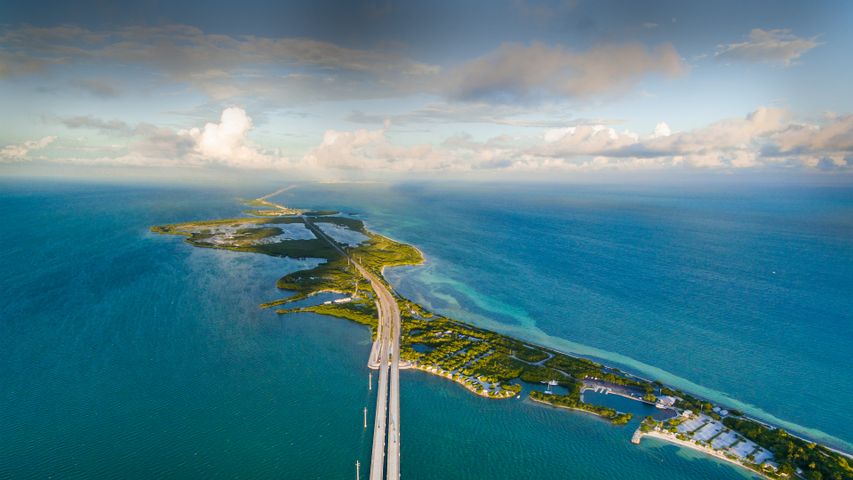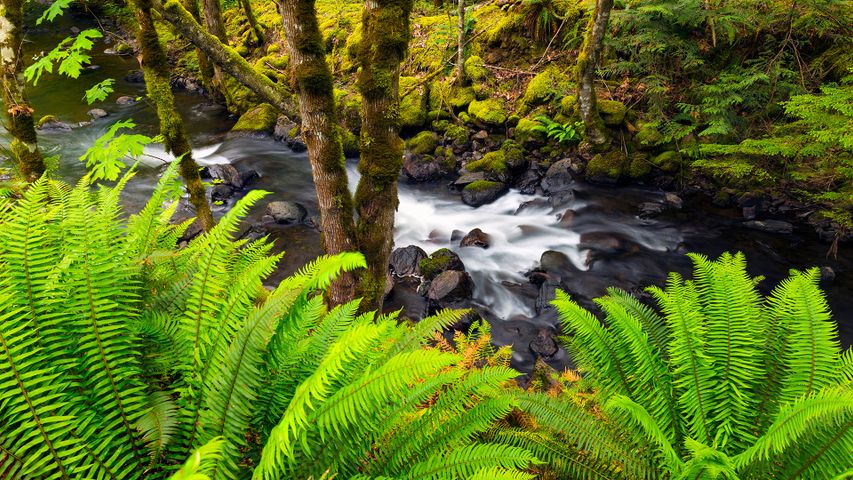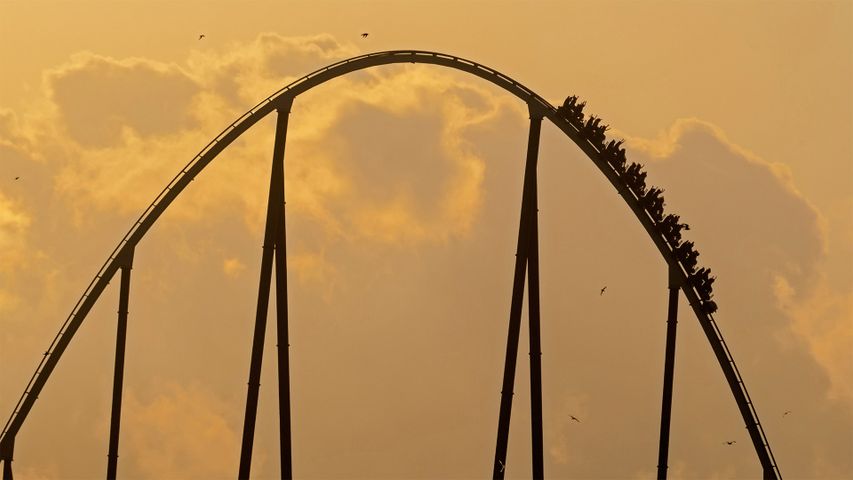Yukon River viewed from the Midnight Dome, Dawson City, Yukon, Canada
© Robert Postma/Getty Image
Shining like Klondike gold. Shining like Klondike gold
On August 16, 1896, two prospectors had their hopes literally pan out when they found a large deposit of gold along the banks of what would soon be known as the Bonanza River in the Klondike. And with that, Skookum Jim Mason (aka Keish) and his American brother-in-law George Carmack set in motion the Klondike Gold Rush—the richest gold strike in North American history. Because of the remoteness of the find, it would be over 11 months before the world found out. And it did so in the most dramatic fashion, when the steamers Portland and Excelsior pulled into Seattle’s harbour carrying over one tonne of gold (worth over $1 billion in today's dollars).The news reached the rest of Canada and the United States during a prolonged economic depression, which may help to explain why over 100,000 people quit their jobs (including the mayor of Seattle) and set out for the Yukon with dreams of striking pay dirt. But the trip was harrowing and arduous, and less than half of those who set out for the Klondike in Yukon Territory wound up making it there. But the sudden influx of those who did complete the journey briefly turned Dawson City into the second largest city in Canada...and certainly the most expensive. Eggs cost $3 apiece (the equivalent of $105 today) and salt was literally worth its weight in gold. In the saloons of the boom town, a profit could be made by simply sweeping the floor and collecting spilled gold dust. Most who came lost everything. Today, Dawson City has a population of just under 1,400, making it the second largest city in the Yukon.
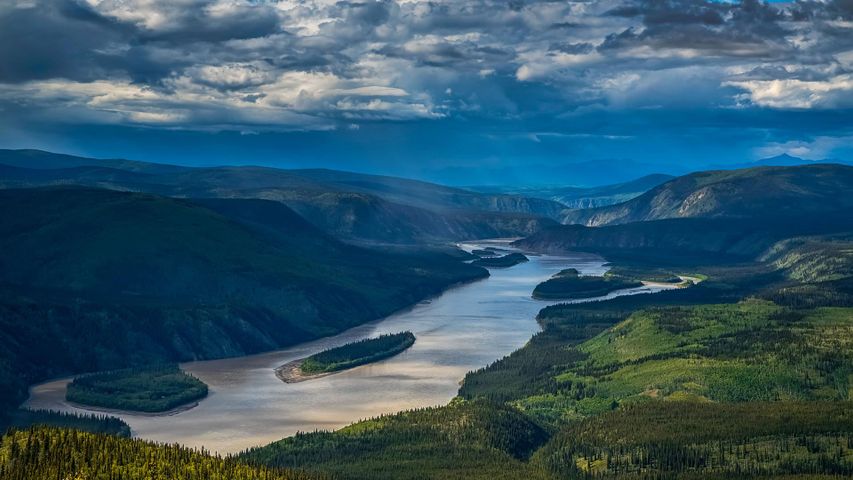
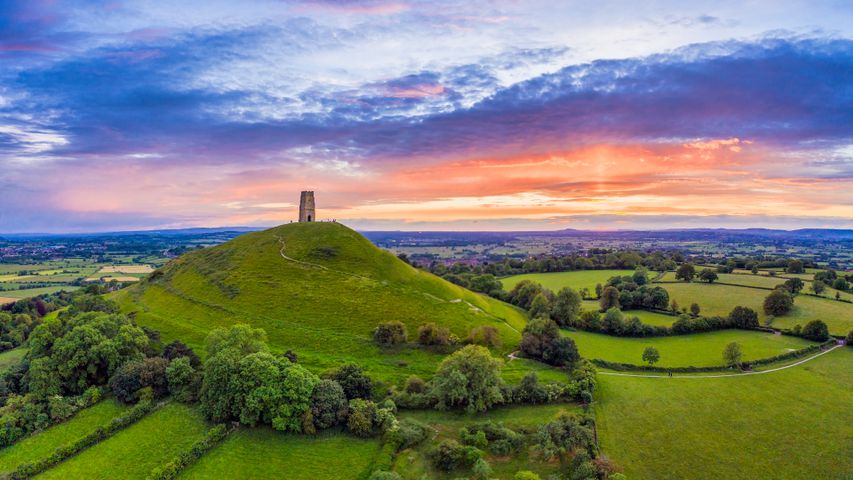 St. Michael's Church Tower on Glastonbury Tor, Glastonbury, Somerset, England
St. Michael's Church Tower on Glastonbury Tor, Glastonbury, Somerset, England
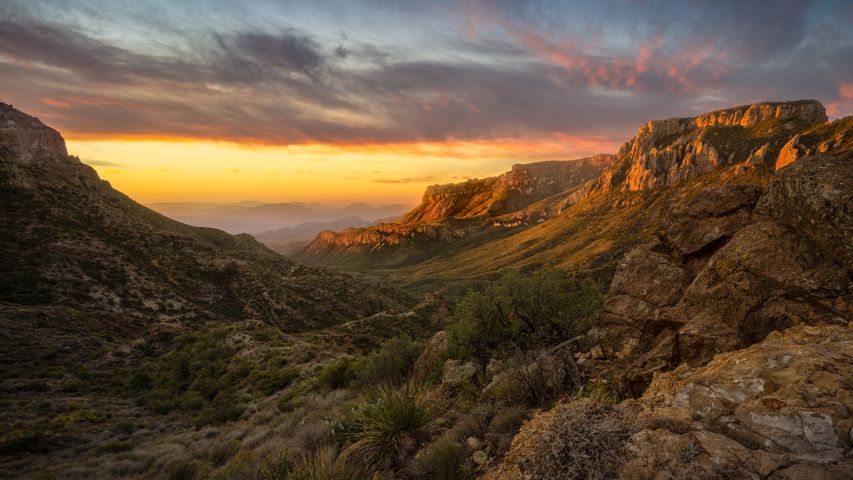 Chisos Mountains, Big Bend National Park, Texas, United States
Chisos Mountains, Big Bend National Park, Texas, United States
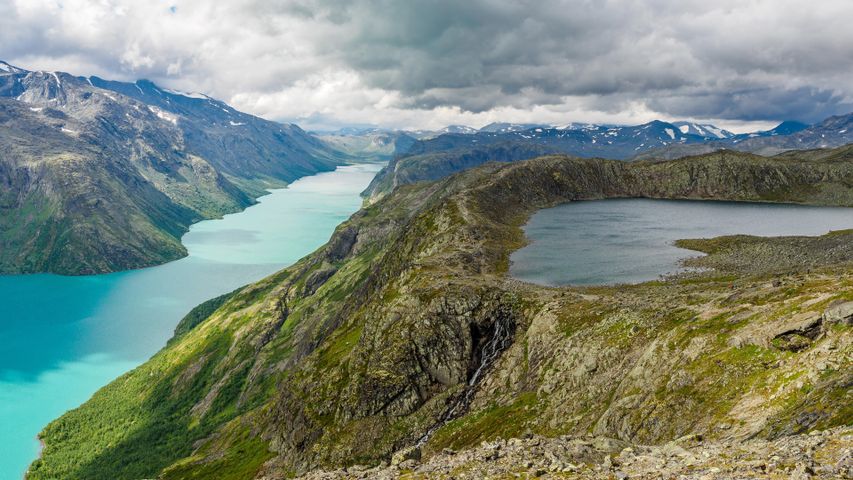 Jotunheimen National Park in Norway
Jotunheimen National Park in Norway
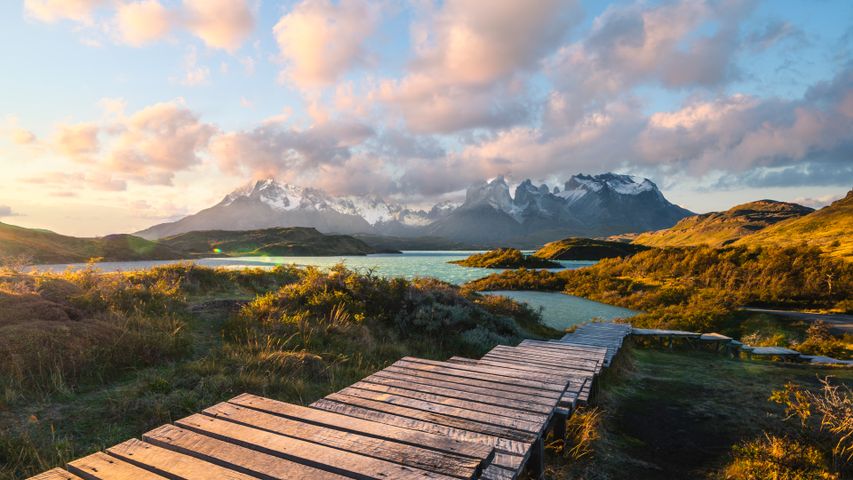 Torres del Paine National Park, Patagonia, Chile
Torres del Paine National Park, Patagonia, Chile
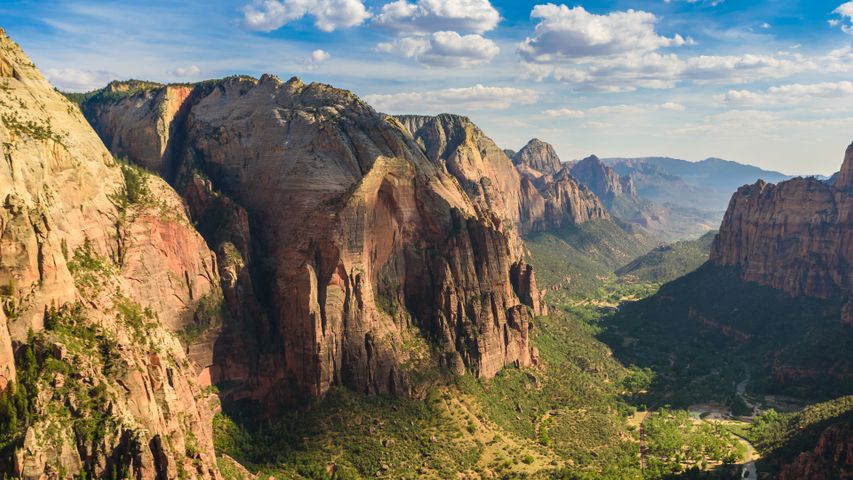 Zion National Park, Utah, United States
Zion National Park, Utah, United States
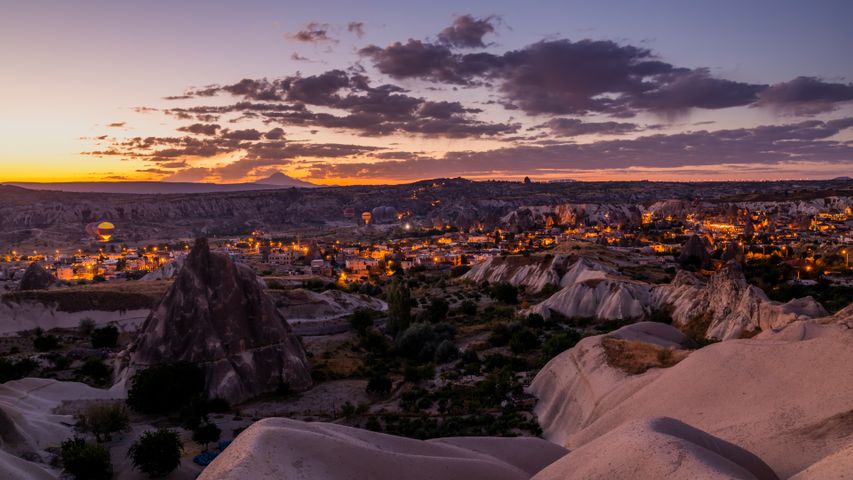 Hot air balloons over Göreme Historical National Park in Cappadocia, Türkiye
Hot air balloons over Göreme Historical National Park in Cappadocia, Türkiye
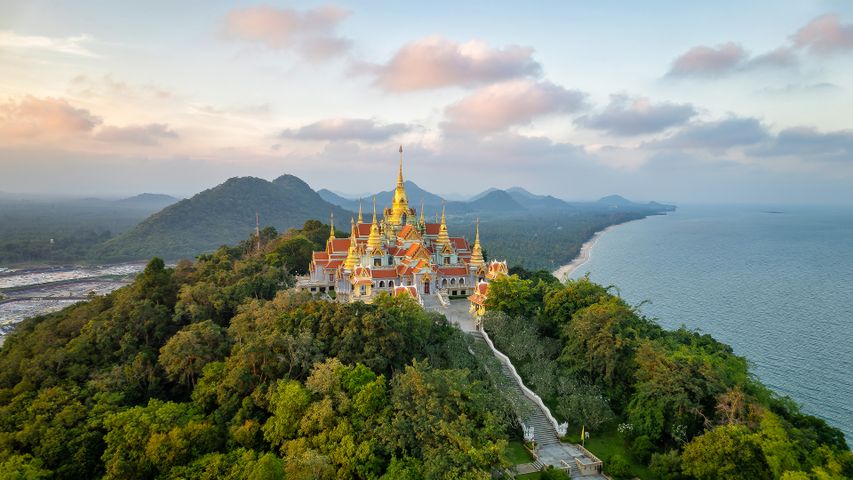 Wat Tang Sai Temple in Ban Krut, Thailand
Wat Tang Sai Temple in Ban Krut, Thailand
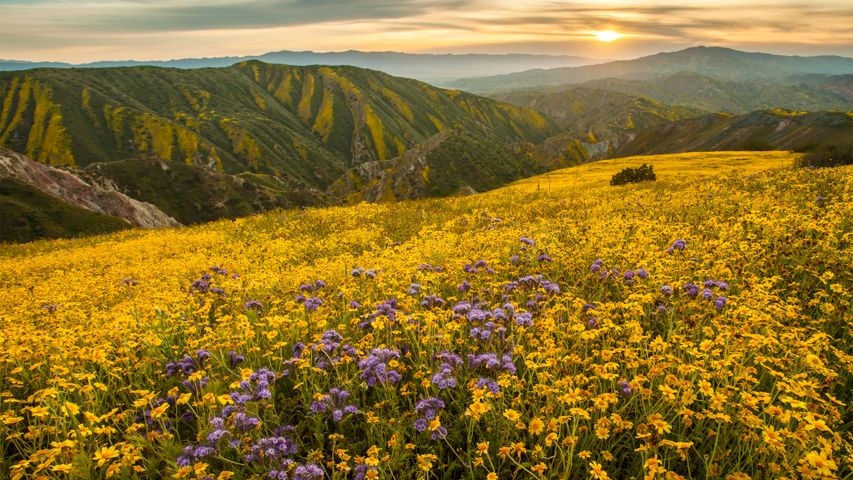 Superbloom in Carrizo Plain National Monument, California, United States
Superbloom in Carrizo Plain National Monument, California, United States
